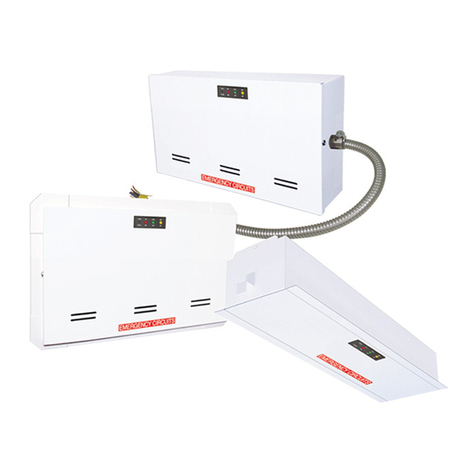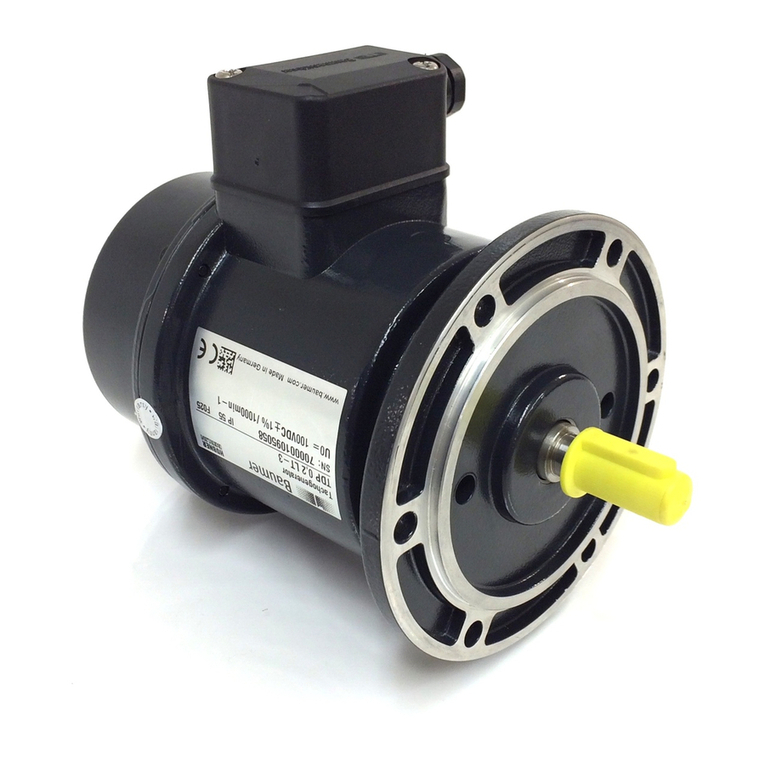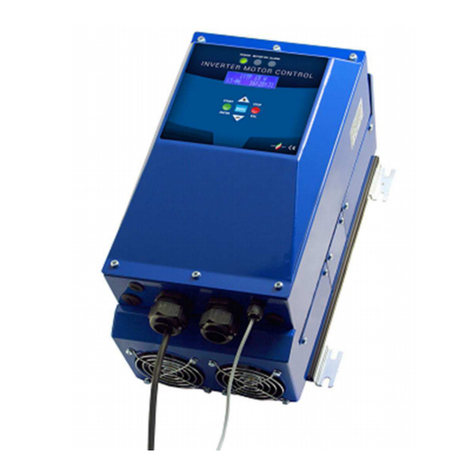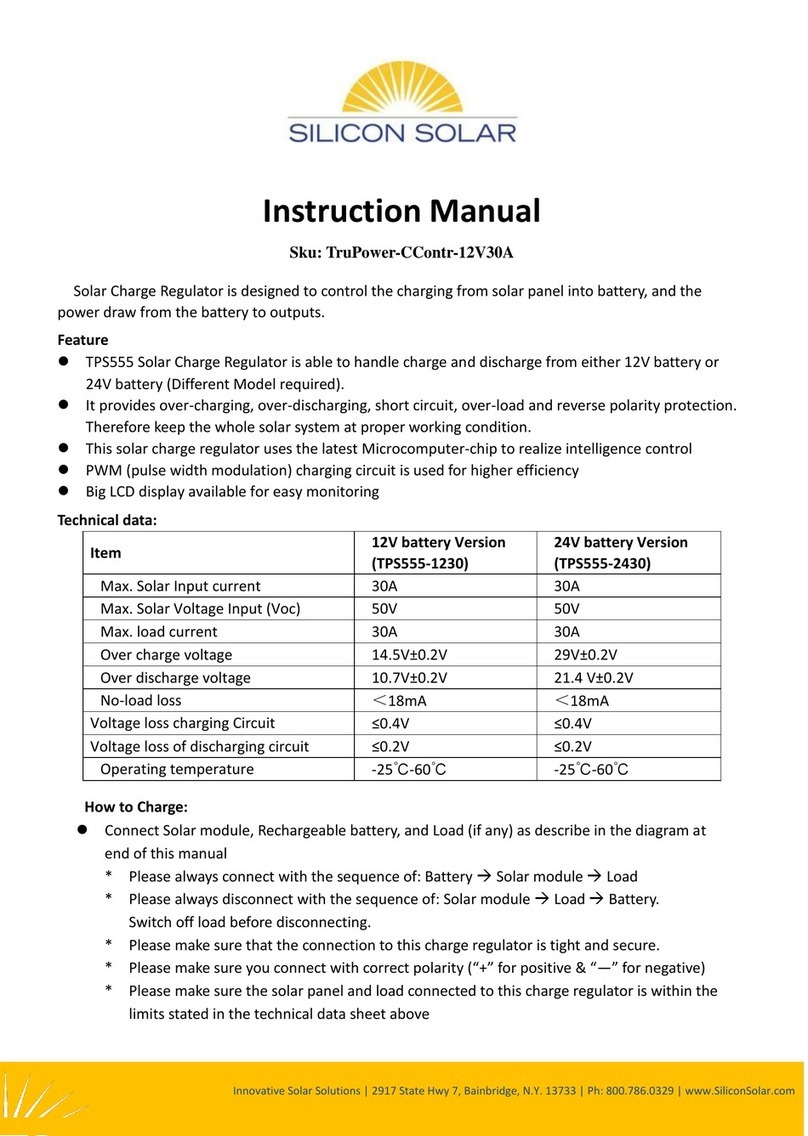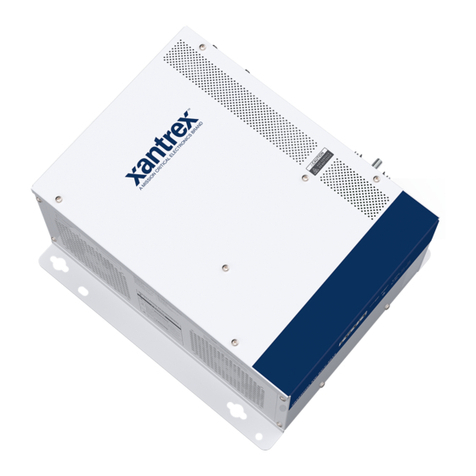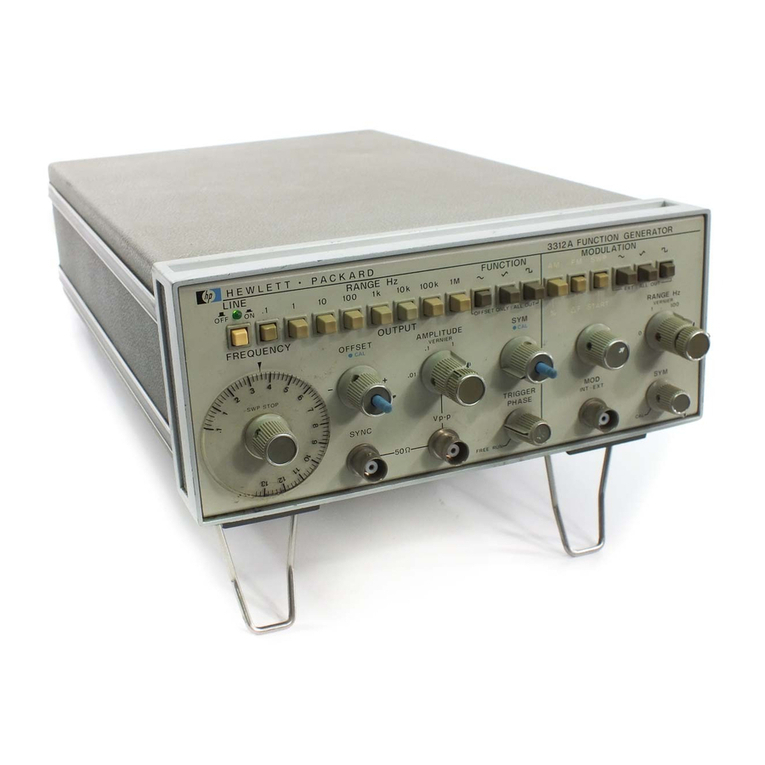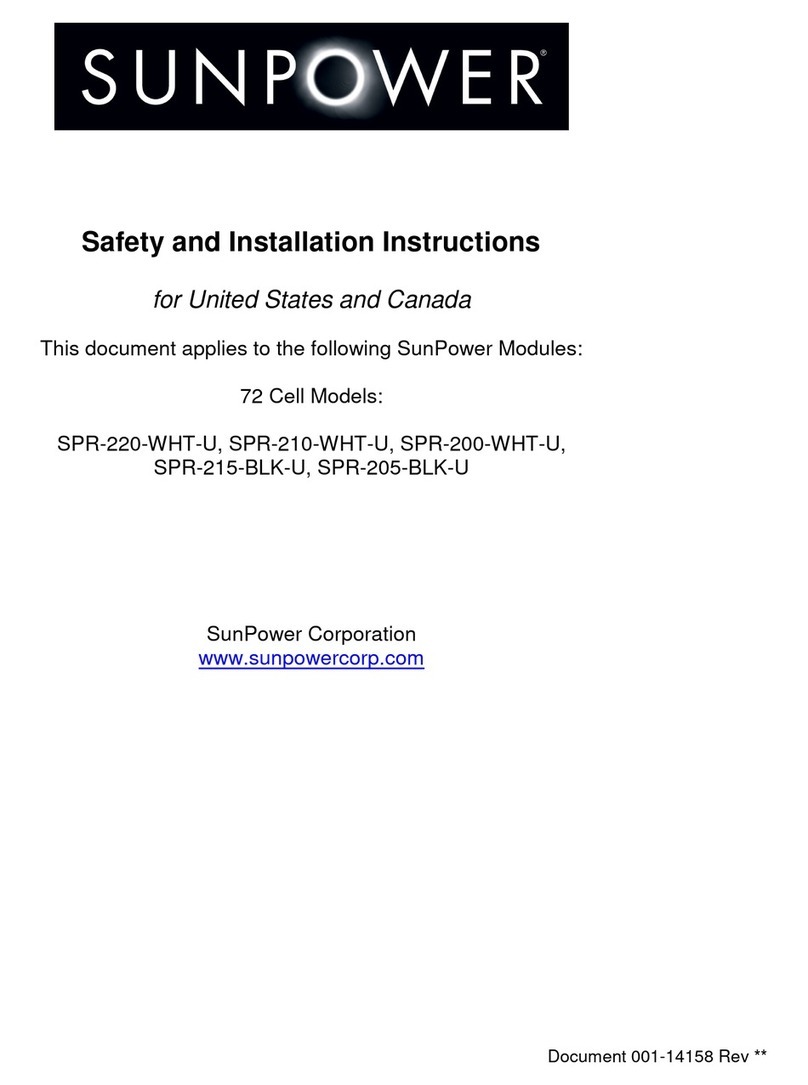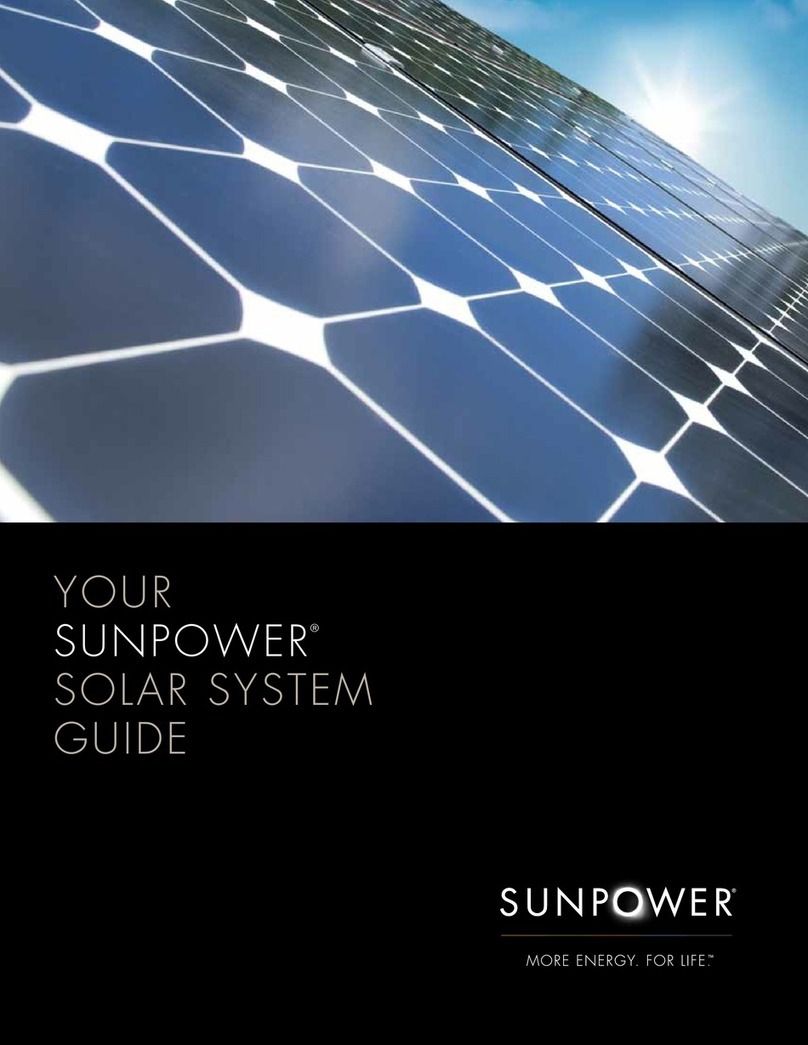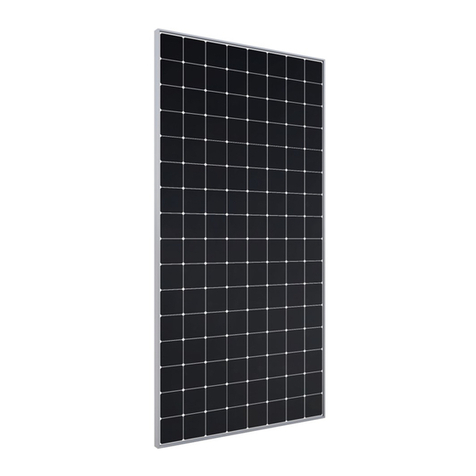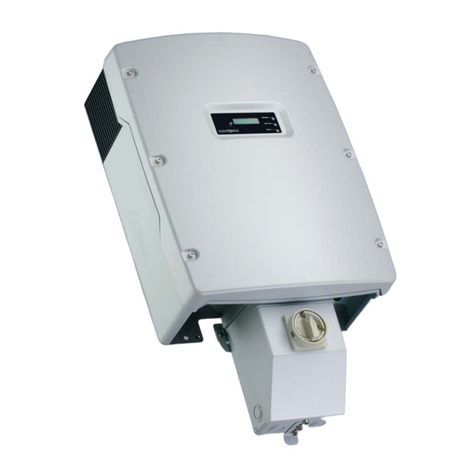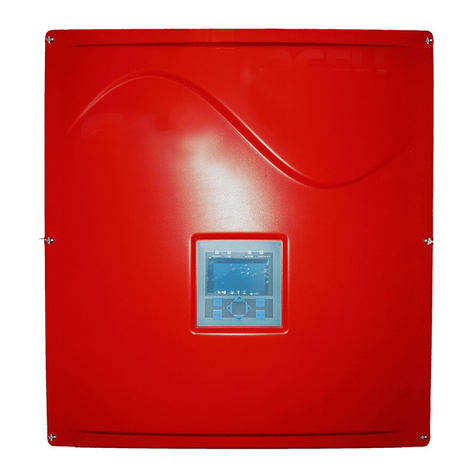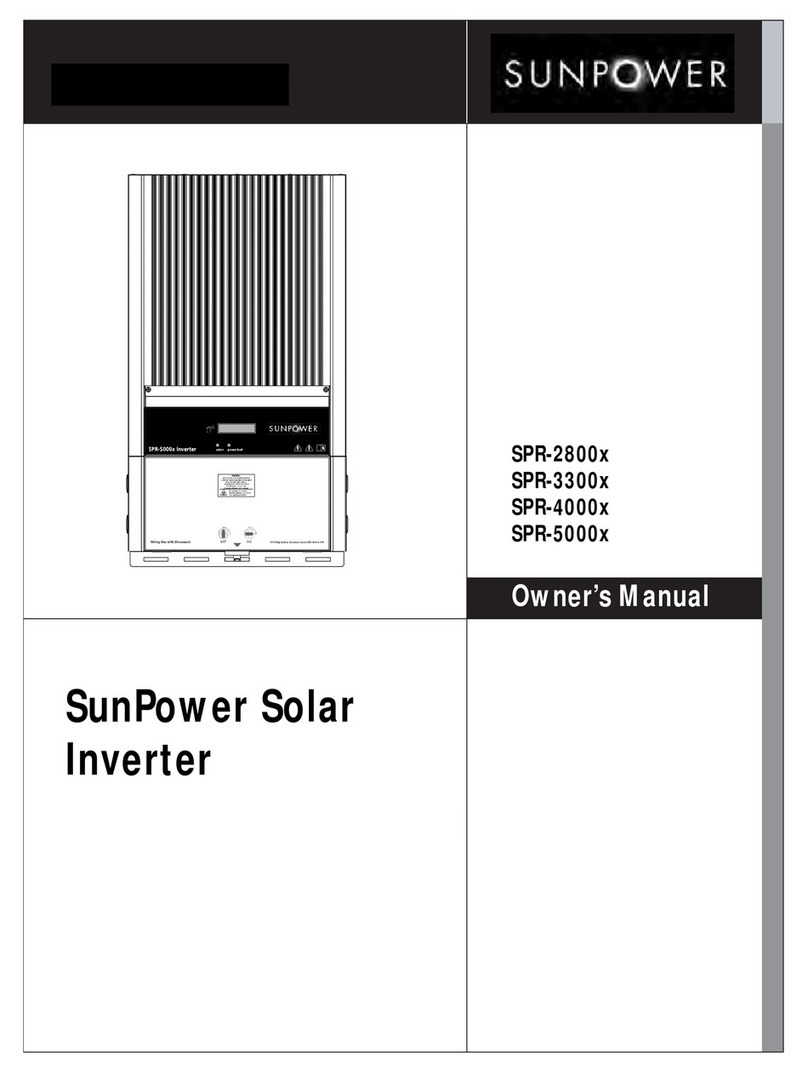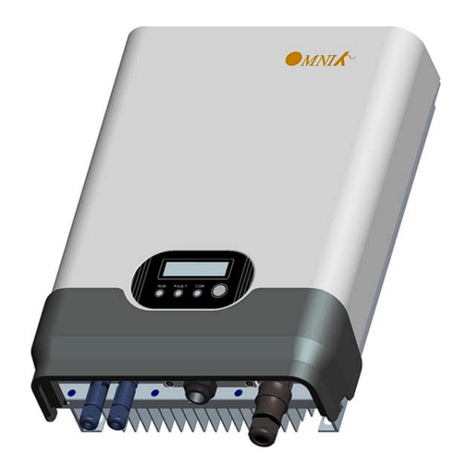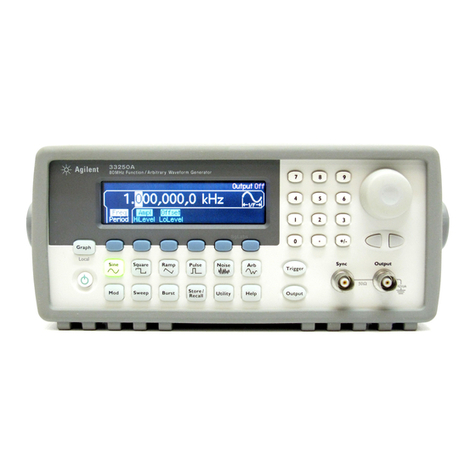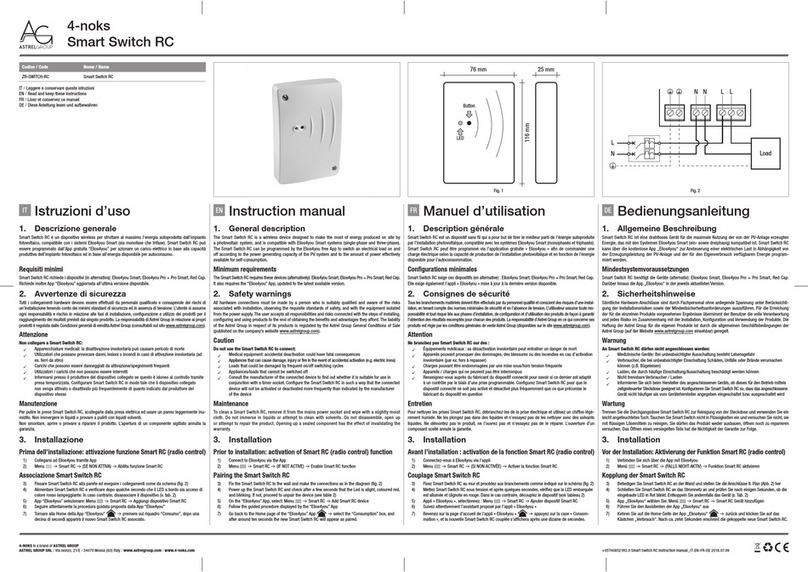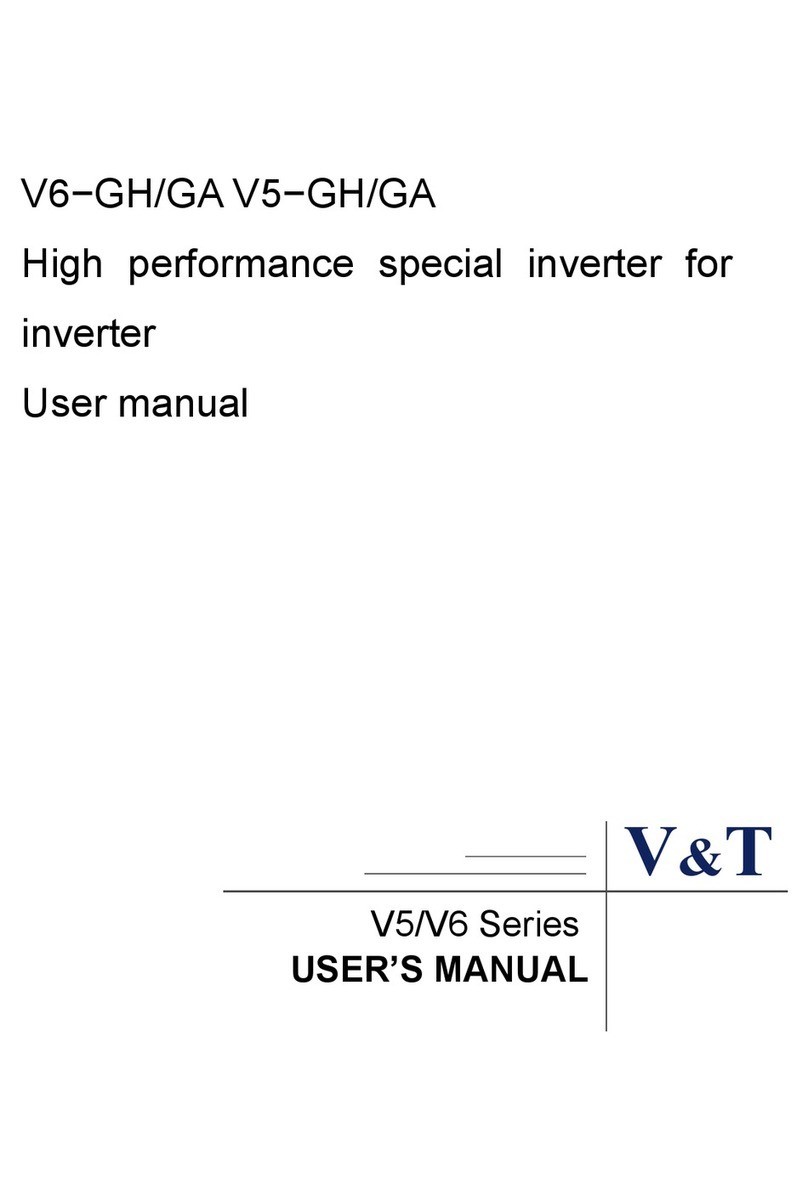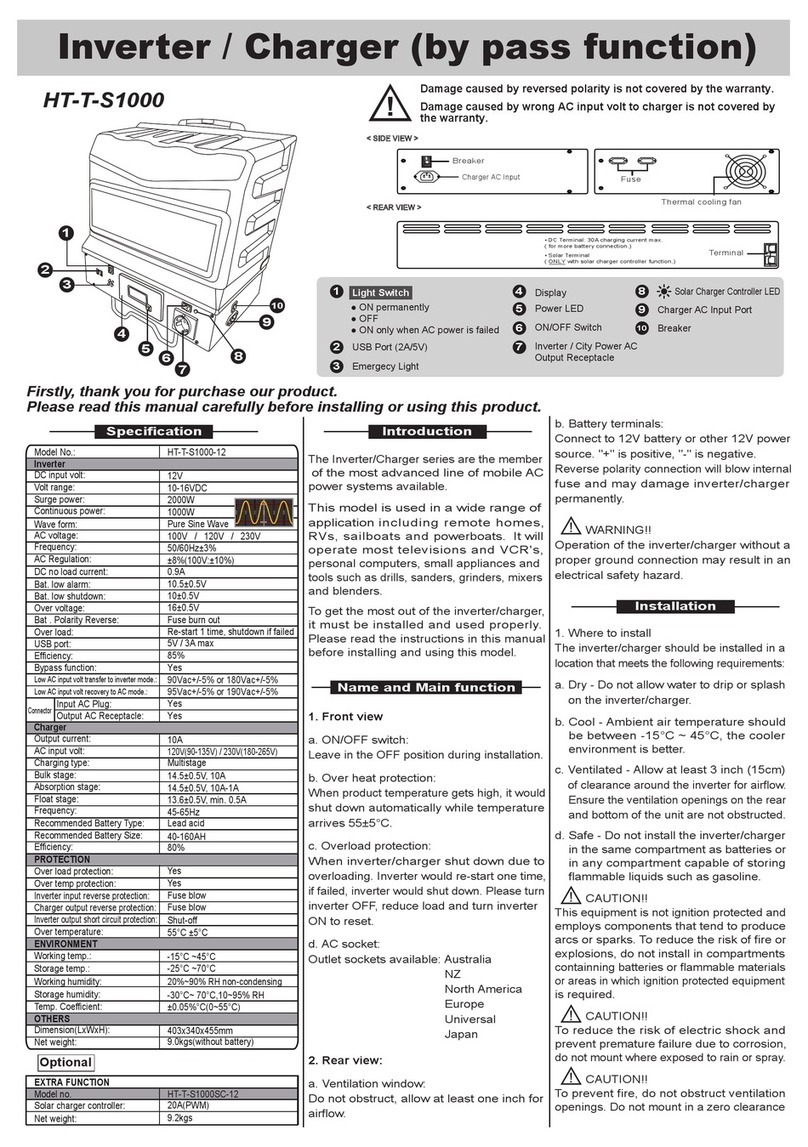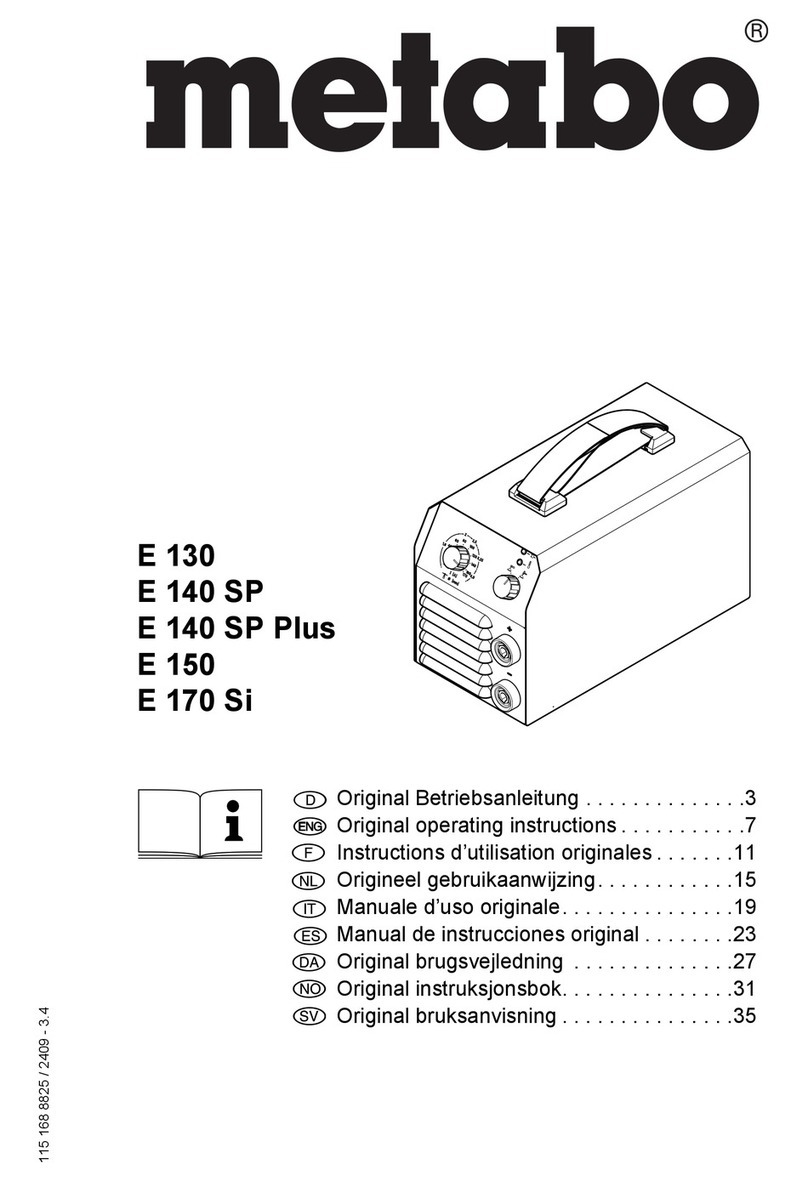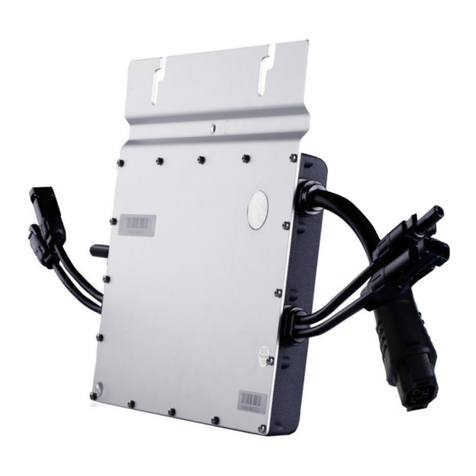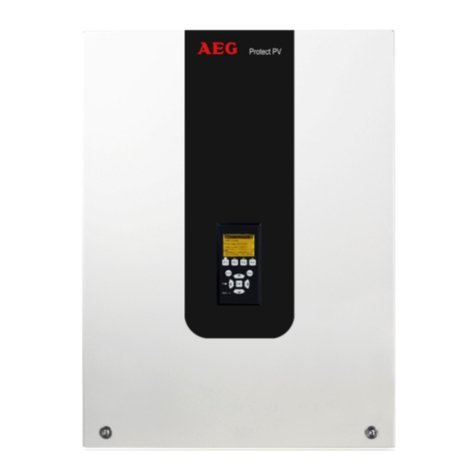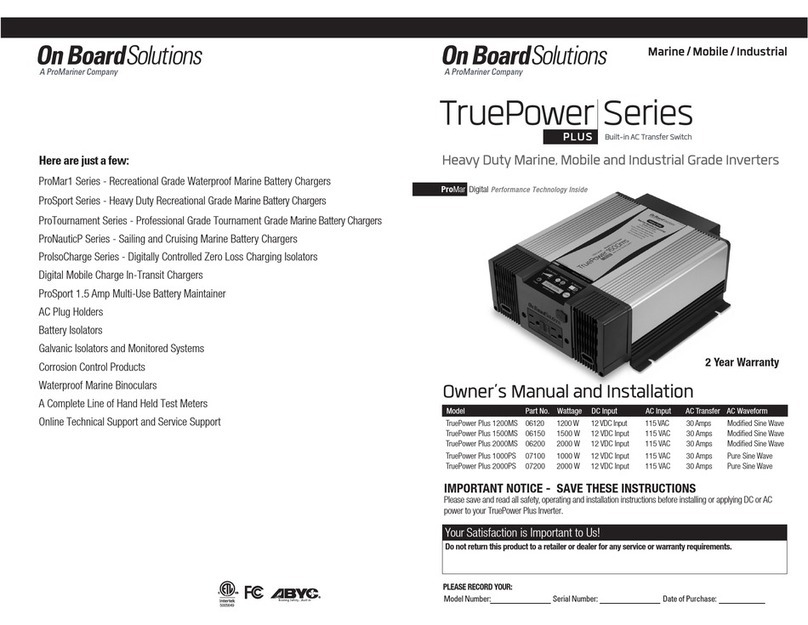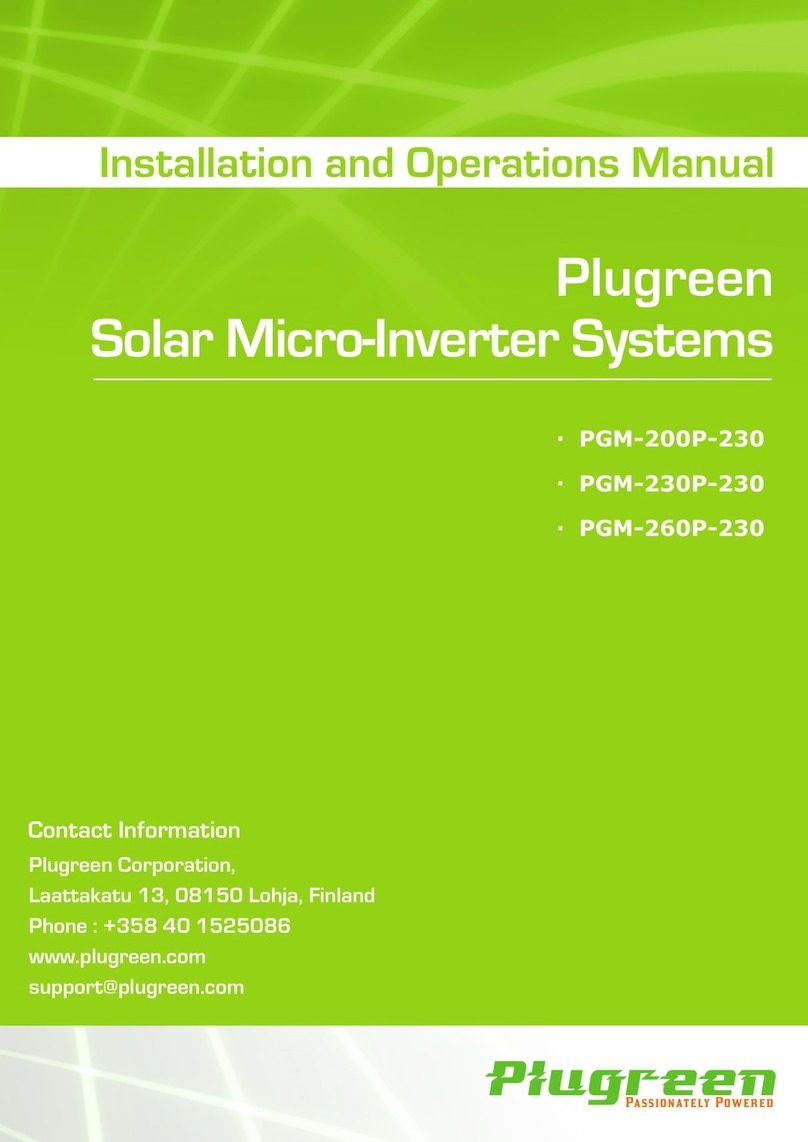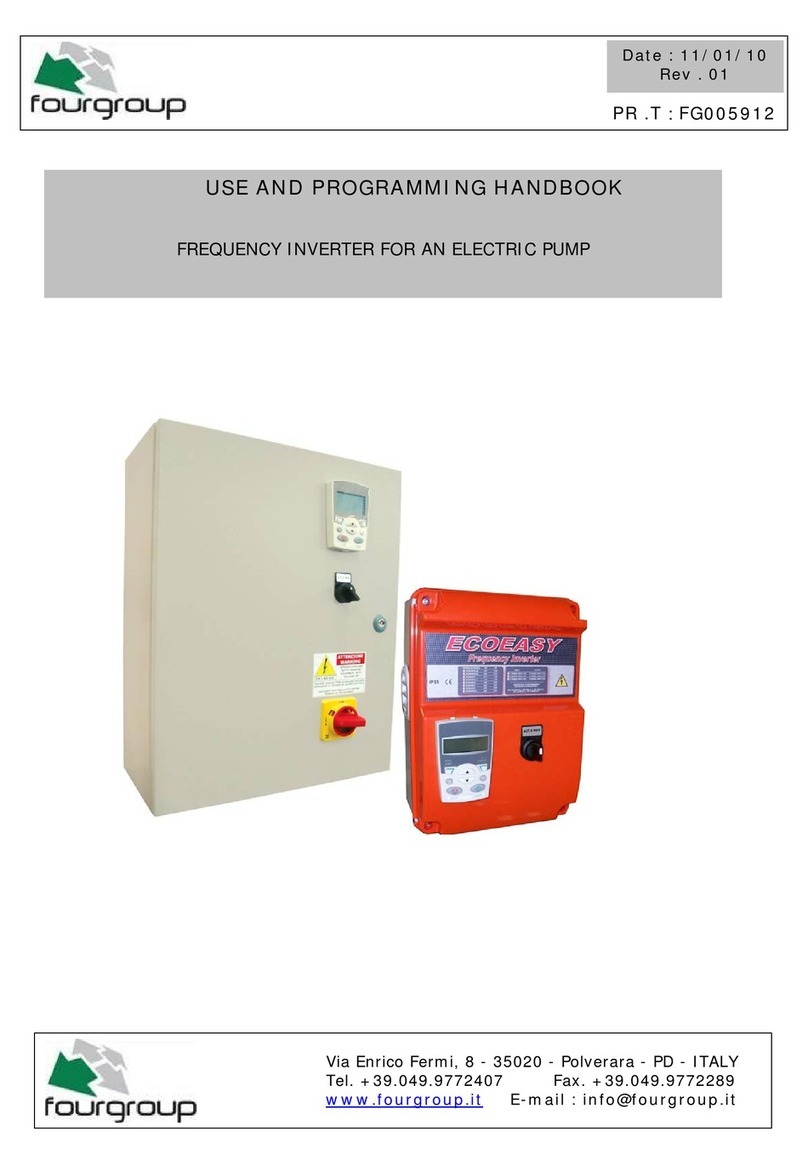
Safety and Installation Instructions - Document 001-14158 Rev S
© 2015 SunPower Corporation. All rights reserved. Specifications included in this manual are subject to change without notice. Page | 3
Bypass diodes are factory installed and are not user replaceable. The diode
configuration for 96 cell modules is 2 diodes for 2 strings of 24 cells in series, plus
one diode for a single string of 48 cells in series. For 128 cell modules, the
configuration is 2 diodes installed for 2 strings of 32 cell in series, plus one diode
for a single string of 64 cells in series. The diodes are one of the following ratings;
1. Schottky type, 15A, 45 Peak Inverse Voltage (PIV) for 96 cell modules.
2. Schottky type, 20A, 45 PIV for 128 cell modules.
3. Schottky type, 20A, 100 PIV for 96 and 128 cell modules.
4.0 Electrical Connections
Modules may be connected in series or parallel to achieve the desired electrical
output provided certain conditions are met.
SunPower recommends using the same brand/type of dc ‘home run’ connector as
on the module it connects to. This helps insure compatibility.
4.1 Equipment Grounding
To reduce the possibility of electrical shock, ground the frame of the module or
array per NEC before wiring the circuit. In order to install in accordance with their
UL Listing, SunPower modules must be grounded using grounding hardware that
meets requirements for grounding systems in UL 467, UL 1703, or UL 1741; on
anodized aluminum frames. SunPower recommends using one of the following
methods of grounding the module frame. In addition, to avoid corrosion due to
the use of dissimilar metals SunPower recommends stainless steel between
copper and aluminum. For the Generation 5 (G5) frame, only methods 1 and 2
apply.
1) Attach a lay-in lug (Ilsco GBL-4DBT, Burndy CL50-DB-T or Tyco Solklip 1954381-
2) to one of the grounding holes on the module frame, and attach the
ground conductor to the lug. Use stainless steel hardware (bolt, washers,
and nut). Use an external-tooth star washer between the lug and the
module frame in order to pierce the anodizing and establish electrical
contact with the aluminum frame. The assembly must end with a nut that’s
torqued to 20–25 in-lb (for a #10-32 bolt). A lock washer or other locking
mechanism is required to maintain tension between the bolt and the
assembly. The conductor must be attached to the ground lug using the lug’s
set screw. Refer to NEC 690.
2) SunPower modules may also be grounded through the use of SunPower IFF
clips which are UL Listed (1703 and 1741). IFF clip torque value is 35–45 in-
lbs for a 1/4-20 or M6 bolt, but may be higher in specific applications.
When using IFF clips, the module mounting system must be grounded as
per NEC 250.
3) SunPower modules may also be grounded through the use of an Everest Solar
Systems Mid or End Clamp assembly. The assembly consists of a stainless
M-K2 slot nut, WEEB KMC grounding clip, Everest Solar aluminum End or
Mid clamp, stainless M8 bolt and stainless Belleville lock washer. The WEEB
is placed under the bottom edge of the module and the clamp is placed on
the top edge of the module. The bolt captures the Bellville washer, the
clamp, the WEEB and the M-K2 nut and must be torqued to min. 10.3 ft-lbs.
This method is valid when the modules are being secured to Everest Solar
aluminum Dome D1000, Dome S1000 or Dome SD mounting components. A
SunPower IFF clip #509206 may be substituted for the actual Everest Mid
Clamp itself, but only when the modules are being installed using
SunPower’s D10 or S10 product; with 72- and 96-cell modules only. The IFF
clip must be torqued to 35-45 in-lbs. When the end clamp is used for
securing the last module in a row, the last module must be separately
grounded when servicing the adjacent module.
Note: Method 4 is evaluated to UL 1703 by ETL. As such, the use of these devices
is not considered part of the UL Listing of these modules.
4) If the Unirac SOLARMOUNT system is used for mounting the modules,
grounding is achieved using either a BURNDY Wiley WEEB-UMC or WEEB-
UGC-1 grounding clip in combination with Unirac’s Mid or End clamps and
1/4-20 bolt and flanged nut, torqued to 120 in-lbs. If the Solarmount-I
system is used grounding is achieved with the UniRac UGC-2 grounding clips
in combination with UniRac’s Mid or End clamps and Sliders with a 1/4-20
bolt and flanged nut torqued to 120 in-lbs.
Note: Method 5 was evaluated to UL 2703 by TUV. As such, the use of these
devices is not considered part of the UL Listing of these modules.
5) SunPower modules may also be grounded using a WEEB-9.5NL ground clip in
between the module and supporting structure. This combination is secured
with a 1/4″stainless steel rivet or a 1/4-20 by 3/4″zinc-plated bolt with
zinc-plated K-nut torqued to min. 6 ft-lbs to secure the module to minimum
12 ga. G90 coated steel or Z-purlin, either painted or unpainted. The WEEB-
9.5NL is for single use only.
6) Other grounding methods may be used in conjunction with a module mounting
system tested to UL2703. For these installations, the SunPower module and
frame style must be tested and part of the instructions for the listed
mounting product. The SunPower module must be installed in accordance
with these instructions as well as the mounting system’s listed instructions.
7) SunPower G5-frame modules may be grounded through the use of an
InvisiMount™ mid clamp that bonds the module frame to the InvisiMount™
rail. InvisiMount™ rail sections must be bonded and connected to a
grounding conductor using methods and materials specified in the
InvisiMount™ manual.
When using methods 2, 3, 4, 5 or 6 the module mounting structure must be
grounded as per NEC 250. To ensure system safety and structural integrity, strict
adherence to application-specific SunPower documentation is required.
4.2 System Grounding
Review the Table 2 below for the proper grounding techniques for the installation
of your particular SunPower modules.
Table 2: Module Grounding Key
Module Model Grounding Key2
SunPower E-Series, X-Series, and NE modules
have no grounding restrictions:
Legacy modules must be
positively grounded:
SPR-EYY-ZZZ-BLK
SPR-EYY-ZZZ-COM
SPR-XYY-ZZZ
SPR-XYY-ZZZ-COM
SPR-ZZZNE-BLK-D
SPR-ZZZNE-WHT-D
SPR-ZZZ-WHT-D
SPR-ZZZE-BLK-D
SPR-ZZZ-BLK-D
IMPORTANT! For optimal performance, SunPower modules listed above
as needing positive grounding must be configured as described. Failure to
comply with this requirement will reduce system performance and
invalidate SunPower’s Limited Power Warranty for PV Modules.
5.0 Module Mounting
The SunPower Limited Warranty for PV Modules is contingent upon modules
being mounted in accordance with the requirements described in this section.
5.1 Site Considerations
SunPower modules should only be mounted in locations that meet the following
requirements:
Operating Temperature: All SunPower modules must only be mounted in
environments that ensure they will operate within the following temperatures:
Operating Temperature range
Care should be taken to provide ventilation behind or underneath the modules,
especially in hot environments.
Design Strength: SunPower modules are designed to meet a maximum positive
(or up/down, e.g. wind) and negative (or downward, e.g. static or snow load)
design pressure described in the Table 3. Design strength of 2400Pa wind load
corresponds approximately to a wind speed of 130 km/h (approximately ±800 Pa,
per IEC reference) with a safety factor of 3 for gusty winds. Modules have also
been evaluated by UL for a maximum negative or positive design load of 30 psf.
Figure 1: Mounting locations for SunPower Modules shows where to mount to
the module frame. Table 3 defines mounting options, attachment locations and
resulting load rating achieved for each module configuration.
YY is a number ranging from 18 to 24 and ZZZ is panel wattage.
